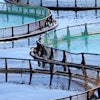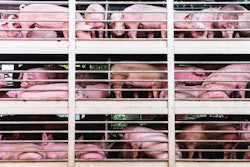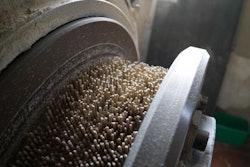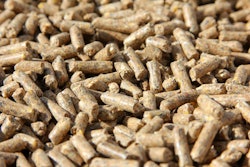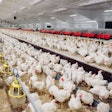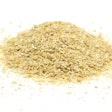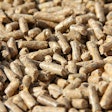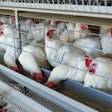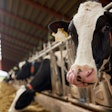
What to do during field demonstration trials to get an accurate picture of nutrition
Every animal farm that I work with runs demonstration trials year-round. They test different products, be it additives, premixes, concentrates, or even complete feeds. It is just the way of being in this business because (unfortunately) many nutrition suppliers keep changing the formulation of their products without consulting or even informing their clients.
In my experience, these are the main points to consider when running such field demonstration trials – that is, if you want to get as accurate a picture as any demonstration trial can give.
- Use fresh product. It might be considered a given, but I have had people use my products that were near their expiration date against fresh product. I did not need to wait for the trial to end as I knew the outcome right away. Unfortunately, it was too late when I learned about it and the trial had to go on with the predictable result – I lost.
- Double the dosage. If it is a product that can be used at a higher amount with safety, then test at the highest possible level. Each farm is different, and you do not want to lose the one opportunity because the dosage was inaccurate. Then, if your product succeeds, you can go back and fine-tune (reduce) the dosage.
- Be there often. Farms are busy places and, unless there is dedicated research personnel, something can go wrong each day. Early in my career, I worked with a super-salesperson who visited any new customer who tested our products each week. I like to do the same anytime I can.
- Do not blame others. If you lose a trial, it might be that the other product better suits the individual circumstances of that farm. It does not mean your product is not working (so do not go back asking for a reformulation with the first failure.) Instead, you may want to come back to the farm with another offer/product if you have access to the right people there.
- Do not compare apples to oranges. Another epic failure with products of mine was when they compared a concentrate plus local corn against a complete feed. Knowing the location and its plight with mycotoxins and how old the concentrate was until it reached that location (see above) I did not need to know who the opponent was. We would lose anyway, and we did. Had I been consulted, I would have advised using the complete version of the feed to avoid the local corn.
The list can go on and on, and indeed I have enough examples to fill a book.

